Pitching
The business development process is customized to each specific opportunity.
In developing a game plan for a specific opportunity, the most important thing to calibrate is to align what you are communicating to what the buyer needs to hear at that specific stage. Misalignment of your selling content with buyer needs at that stage not only fails to effectively capitalize on each stage, but also shows the client a lack of understanding about what they want and need (something that hurts your perception as customer service focused.)
Phases and Alignment (High-level)
Scoping and Early Creds
From a prospect’s perspective, here are the questions they have in approximate order and what you should do at each step (shown in italics.) Inserted are also the checkpoints for you as a seller (non-italics.)
a) “Do this provider fit what I’m buying” (client’s question)
This is not a detailed evaluation. This 3 minute conversation typically is done during the first (probably) informal call. These calls happen in a somewhat unscheduled or ad-hoc basis.
They likely do not know much about you and are simply trying to sort you into a box (Are they an ad agency? Are they a real company or just 1 guy? Can they do tech stuff?)
You should only spend the minimum amount of time required first to help them sort you. This is usually best achieved with 3 minutes of “about us.” Only include 1-2 case studies (1-2 minutes each) if you already know a little something about the project (e.g. “it’s a corporate website.”)
Making them listen to 30 minutes of creds here is overkill and not what the customer wants yet.
b) “Do they understand my project” (client’s question)
Once you establish minimum fit (outset of meeting), you should immediately move to high-level understanding of what they need. By asking questions about the scope and intent of the project, you demonstrate expertise as well as a customer service orientation.
c) “Is this prospect and project for real” (services firm’s question)
As soon as you understand rough parameters of the project, you should start budget testing. This can be in real-time on the phone (e.g. “projects like these typically cost $300-$500K…is that in line with your expectation.”)
Or the budget test can be a follow up over email if you need more information or want to send something more detailed.
Budget testing serves the following:
· saves time spent chasing under funded opportunities,
· gives early insight into actual budget (e.g. if they say “yes, but at the low end of that range” you know a lot),
· but still provides you flexibility to change prices (since the verbal/email is not an official proposal), and
· informs you as to whether the prospect contact is a gopher or a signer.
Real Pitching
Once both parties have gotten over the early tests for fit, you will enter a custom process for a decision.
Most processes though fall into 1 of 2 camps.
1. Winning means proving your provider credibility OR
2. Winning means showing work/ideas that the prospect “buys”
In a technical project, “provider credibility” (1) pitches will focus on similar past projects and having the prospect meet the specific technical experts they will work with.
If a technical project requires “showing work” (2), it will usually orient around a more specific project plan and technical architecture and maybe UI comps.
Creative pitching, that requires “work/ideas”, should usually contain the following elements:
1. “The key problem/objective we set out to address was X” (X should be outcome oriented)
2. “To anchor ourselves we did the following research” (e.g. competitive reviews, market data, web analytics, etc.)
3. “What we found was Y” (usually expressed as an opportunity to improve something, fill a market hole, etc.)
4. “And here’s how we think that might look” (visual comps, etc.)
5. “Here’s why we are confident this works” (this step may not be possible, but ideally you have done some kind of test that shows your proposed solution improves on X)
Most important, everyone on your team should have a clear 2-4 bullet point answer to why your services firm is exactly the right fit for this client/project. Your SOW, your pitch, your phone calls, etc. should all keep this positioning in mind.
[AK1]I’d throw in 2-4 case studies that you choose on the fly to show them (if you didn’t guess right to start with). These should be similar projets in terms of subject matter for similar (same size, same industry, or same general business model) clients. It’s a good thing to interject rough timelines and budgets and state whether thsese projects were similar in size.
Then that is a good transition into the scoping or “for real” conversation.

